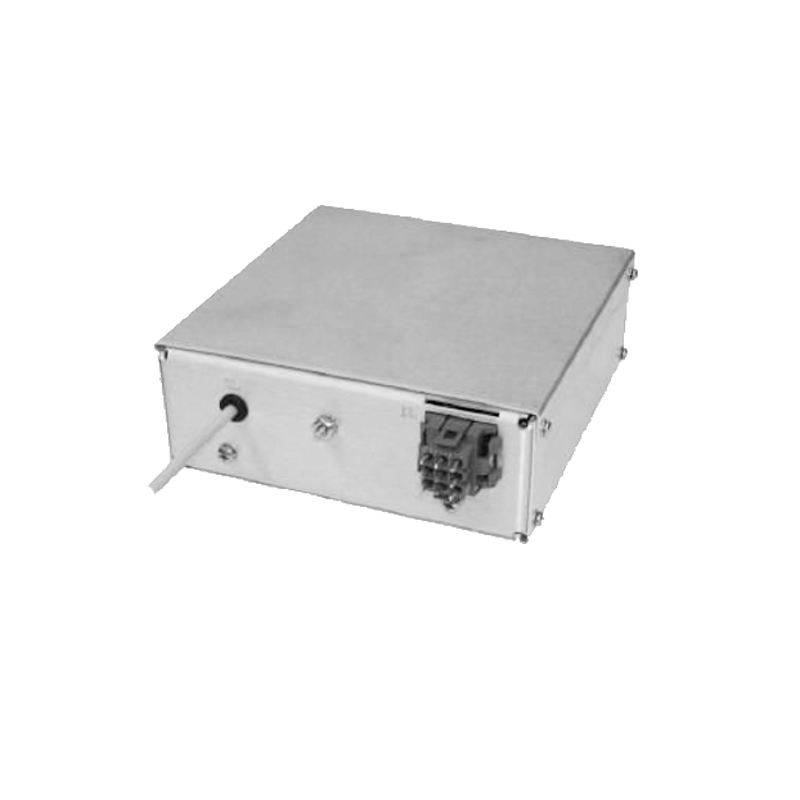New Trends in High-Voltage Power Modules
Introduction
High-voltage power modules are critical components in modern industrial, scientific, and medical equipment, and their technological advancements directly impact related fields. In recent years, breakthroughs in semiconductor technology, digital control, and materials science have led to new trends in efficiency, power density, and intelligence for high-voltage power modules. This article explores the latest technological developments and application prospects of these modules.
1. High-Frequency and High-Efficiency Design
Traditional high-voltage power modules are limited by switching losses and electromagnetic interference (EMI), typically operating at frequencies in the tens of kHz. However, with the adoption of wide-bandgap semiconductors (e.g., SiC, GaN), next-generation modules now operate at MHz-level frequencies. High-frequency designs reduce the size of magnetic components, increase power density, and lower switching losses, achieving efficiencies exceeding 95%.
Additionally, resonant soft-switching techniques further optimize efficiency under high-frequency conditions while minimizing EMI, making these modules more suitable for precision instruments and medical applications.
2. Modularity and Scalability
Modern high-voltage power modules are evolving toward modular designs with standardized interfaces and stackable configurations, facilitating system integration and power expansion. For example, multi-module parallel technology enables dynamic power distribution to meet varying load demands while improving redundancy and reliability.
Modular designs also reduce maintenance costs, allowing hot-swappable replacement of faulty modules without system downtime—ideal for industrial automation and data center applications.
3. Intelligence and Digital Control
The widespread use of digital signal processors (DSPs) and field-programmable gate arrays (FPGAs) has shifted control methods from analog circuits to fully digital solutions. Digital control enables precise voltage/current regulation, dynamic response optimization, and adaptive load matching, along with remote monitoring and fault diagnosis.
Artificial intelligence (AI) algorithms further enhance intelligent power management. For instance, machine learning-based predictive maintenance analyzes historical data to anticipate failures, extending equipment lifespan. Adaptive PID control algorithms optimize output stability under different conditions, improving energy efficiency.
4. High Reliability and Longevity
High-voltage power modules often operate in harsh environments, such as high temperatures, humidity, and strong EMI. To enhance reliability, modern modules incorporate:
Advanced insulation materials: High dielectric strength and low-loss materials reduce partial discharge risks.
Innovative cooling solutions: Liquid cooling and phase-change materials (PCMs) ensure stable operation under extreme conditions.
Redundant protection circuits: Overvoltage, overcurrent, short-circuit, and overtemperature protections enable rapid shutdown to prevent damage.
These improvements significantly increase mean time between failures (MTBF), making the modules suitable for aerospace, medical, and other high-reliability applications.
5. Green Energy and Low-EMI Trends
With growing global emphasis on energy efficiency and electromagnetic compatibility, high-voltage power modules are becoming more environmentally friendly:
Low standby power consumption: Intelligent sleep modes minimize idle losses.
Active power factor correction (PFC): Improves grid-side power quality and reduces harmonic pollution.
Low-EMI design: Optimized PCB layouts and shielding techniques comply with stringent standards (e.g., CISPR 32 Class B).
These advancements expand the modules’ potential in renewable energy, EV charging, and smart grid applications.
Conclusion
High-voltage power modules are advancing toward higher frequencies, modularity, intelligence, reliability, and sustainability. Innovations in wide-bandgap semiconductors, digital control, and AI algorithms have driven breakthroughs in efficiency, power density, and smart management. As industries such as 5G, Industry 4.0, and renewable energy continue to grow, high-voltage power modules will remain pivotal in enabling technological progress.




















